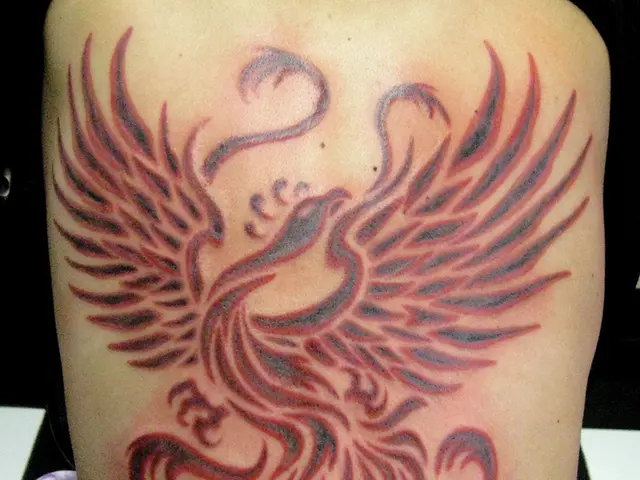Excessive UV radiation leads to approximately 80% of global melanoma cases.
International Agency for Research on Cancer (IARC) Reveals 83% of Cutaneous Melanoma Cases Linked to UV Radiation
(Paris) - The International Agency for Research on Cancer (IARC) has released a new estimate, attributing over 80% of cutaneous melanoma cases worldwide to exposure to ultraviolet (UV) rays. In 2022, an estimated 267,000 of the approximately 332,000 cases of cutaneous melanoma were caused due to UV radiation exposure. This year, the cancer has resulted in approximately 58,700 deaths.
According to the IARC's research, published in the International Journal of Cancer (IJC), the proportion of cases linked to UV radiation was higher in men (86%) than in women (79%). The IARC research points out that increased exposure to UV rays in recent decades - including tanning and travel to high-radiation regions - has led to a sharp increase in cases of cutaneous melanoma, particularly in light-skinned populations.
While rates of cutaneous melanoma have decreased in younger generations in certain countries, population growth and aging may result in an unprecedented increase in the number of new cases diagnosed annually. The IARC warns that more than half a million new cases and nearly 96,000 deaths are projected by 2040, marking an increase of 50% and 68% respectively.
The IARC highlighted that the burden of cutaneous melanoma varies significantly across regions due to different levels of UV exposure and a higher risk of developing cutaneous melanoma in populations with light skin. The regions with the highest rates of cutaneous melanoma attributed to UV radiation included Australia/New Zealand, Northern Europe, and North America.
Oliver Langselius, the study's lead author, emphasized the need to intensify public health efforts on sun protection, particularly in high-risk regions and among aging populations. He reiterated that most cases of cutaneous melanoma are preventable.
Melanoma, a serious skin tumor, often resembles a beauty spot, with characteristics such as asymmetry, irregular borders, multiple colors, and enlargement or changing appearance. Although the number of new cases per year has risen in the past few decades, advances in screening and new treatments have been made.
Effective methods for preventing cutaneous melanoma include daily use of broad-spectrum sunscreen, sun avoidance and seeking shade, protective clothing, targeting vulnerable areas, avoiding tanning beds, and using UV protective laundry additives as a supplemental measure. These strategies are particularly important in high-risk regions and for older adults.
- The International Agency for Research on Cancer (IARC) revealed that most cases of melanoma, a serious skin tumor, are linked to exposure to ultraviolet (UV) rays, especially in light-skinned populations.
- In the report published in the International Journal of Cancer (IJC), the IARC highlighted that an estimated 267,000 of the approximately 332,000 cutaneous melanoma cases worldwide in 2022 were caused by UV radiation.
- To prevent an unprecedented increase in cutaneous melanoma cases and deaths by 2040, Oliver Langselius, the study's lead author, emphasized the need for intensified public health efforts on sun protection, including daily use of broad-spectrum sunscreen, sun avoidance, and seeking shade.








